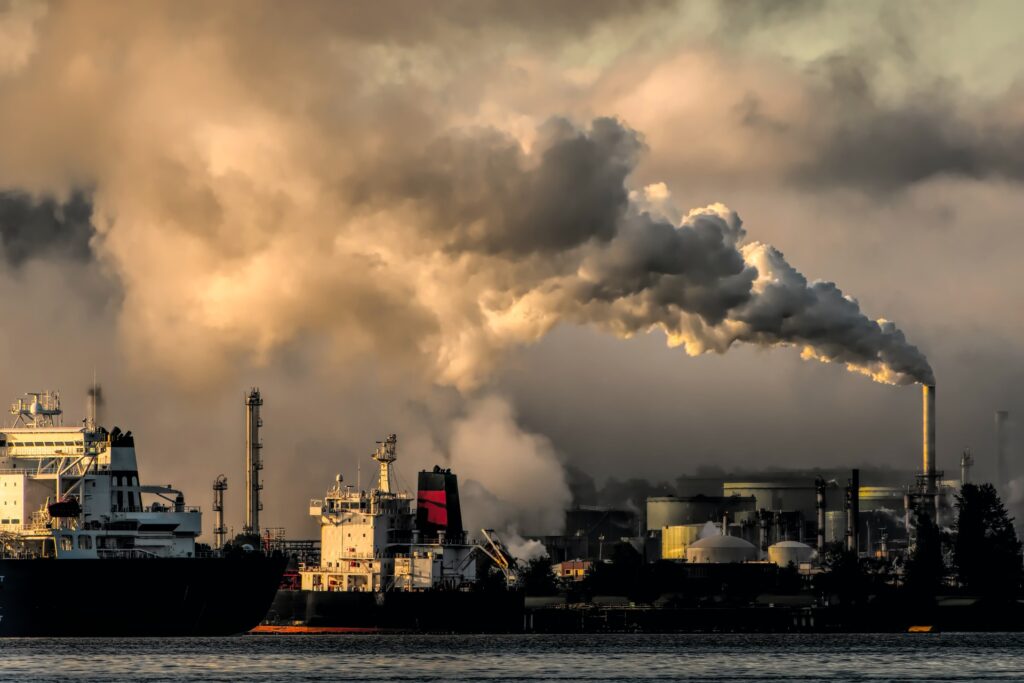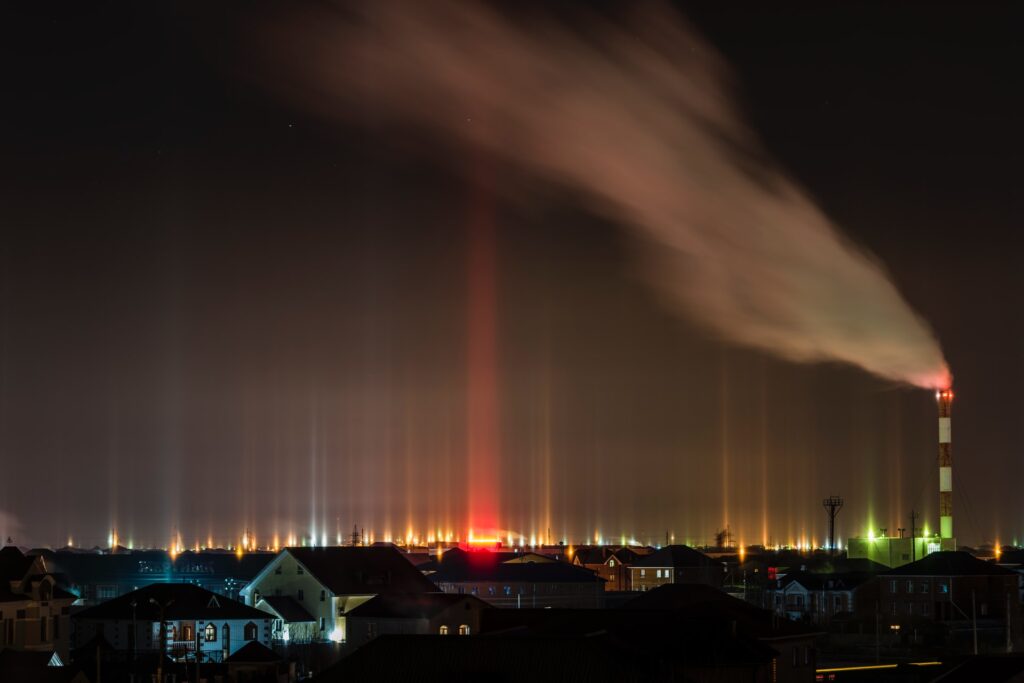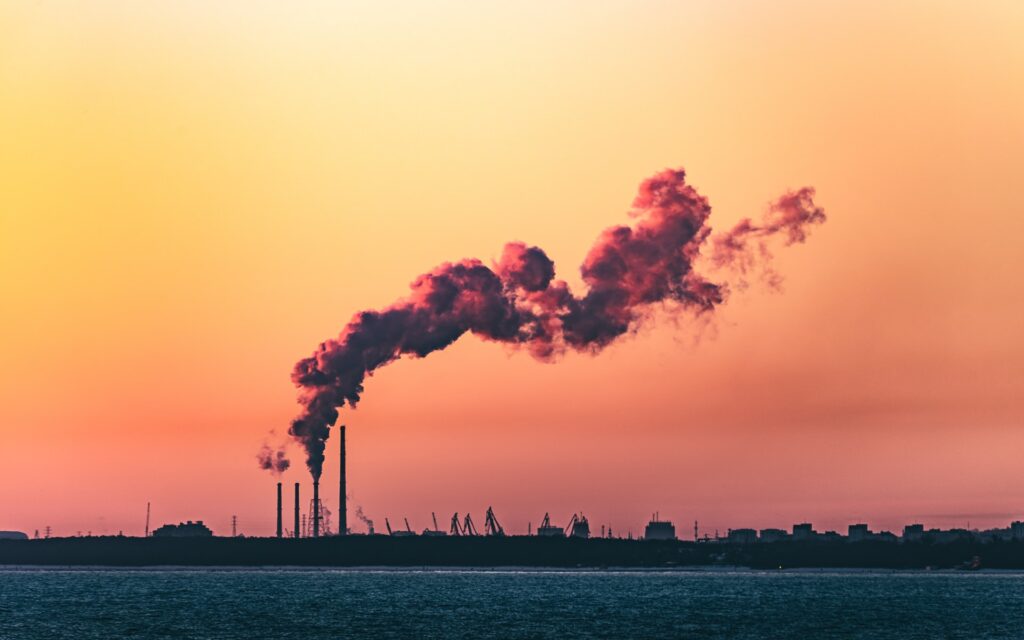The electric light bulb was made for the first time exactly 150 years ago. Many people think of it as one of the most important and important turning points in human history. People could get electricity in their homes for the first time because of this new kind of light, which came to be called “artificial light.” Also, streets that had been dark before got brighter and safer because of it. Over time, this brilliance has grown, but it has come at the cost of something else.

Light pollution is the over-lighting of cities and the night sky by artificial lights. This problem is caused by the number of light sources that send light in a direction it wasn’t meant to go. “Skyglow is a halo that appears in areas with too many people. It is made when light particles are scattered. Glare is distracting light that shines horizontally. Light trespass is when light shines on nearby places where it shouldn’t. There is a chance that each kind of light pollution could have unintended but bad effects. This is true no matter what kind of pollution there is. The natural nighttime habits of animals, especially sea turtles, have been changed as a direct result of this. The hatchling turtles’ natural tendency is to move toward the ocean by following the light of the moon, but the lights from cities on the land block their path.
Because of this, even if they try, many of them can’t get to the water. Light pollution hurts both the health of people and the health of the environment. Too much light can hurt your eyes because it can cause the photoreceptor cells in the retina, which is at the back of the eye, to fill up. In addition, it messes up the body’s natural cycles that help you fall asleep and stay asleep. This can lead to a number of health problems, including cancer. Light pollution also directly causes more carbon dioxide to be released into the air. [Needs citation] [Needs citation.] Every year, billions of dollars’ worth of coal or oil are burned to make electricity for lights that aren’t needed. Since coal and oil are burned to make electricity, they are destroyed by the light. Over the last few decades, the amount of light pollution in North America is thought to have grown by between 6 and 10% per year.

Growing populations, easier access to energy, and more people living in cities can all be blamed for an increase. Efforts have been made to deal with this increase in light, such as making more energy-efficient light bulbs and putting in place smarter lighting schemes. This is shown by the fact that LED (light-emitting diode) lighting is becoming more and more popular. For 150 years ago, people have been able to make their own light. But because of these and other breakthroughs, it will continue to be improved and developed, which will lead to a better future. (The light has been turned on by flipping the switch).
Most of us don’t think much about breathing because we can’t see it. But breathing is so important that we would die if we couldn’t do it. So, it’s important to know what we’re breathing in when pollutants like invisible particles can’t be seen. Air pollution occurs when toxic chemicals or compounds are in the air in amounts that are bad for people’s health and the earth. It can be hard to tell what’s in the air around you, so it can be hard to know exactly what you’re breathing when you go outside. Not all of the air we breathe is healthy, which is a shame. Out of the five main things that make the air dirty, smog and soot are two of the most dangerous. greenhouse gasses Pollen and mold are two examples of air pollutants that might change the weather if they get into the air.

Adding more pollution to the air will make the effects of climate change even worse. How do we reduce this number? One way to help cut down on air pollution is to switch to a less polluting way of getting around, like walking or riding a bike. We can also save energy by using water more wisely and by looking into renewable energy sources like solar and wind power to reduce our reliance on fossil fuels. Let’s learn more about the five most important things that make the air dirty. The first is Smoke and pollution in the air. Smog is a type of air pollution that got its name from the mix of smoke and fog that used to be in the air when temperatures were higher and there was more UV radiation in the air. Smog is a problem in many places, especially those with a lot of traffic and industry, and it continues to hurt people’s health. Even now, this is still the case. What makes up most of the pollution?

The main things that make the air dirty are cars, factories, and power plants. Smog is especially dangerous because it can go through the lungs and into the bloodstream, where it can make bronchitis worse or even cause a heart attack. Dangerous air pollutants are the next thing on the list of things that make the air dirty. Mercury, lead, dioxins, and benzene are just some of the many dangerous pollutants that can be found in the air. The Environmental Protection Agency (EPA) says that benzene is a carcinogen, which means that it could cause cancer. It is a substance that can cause short-term irritation to the skin, eyes, and lungs and long-term problems with the blood. This is not a good thing in any way. From where do these come? Polycyclic aromatic hydrocarbons, or PAHs, are dangerous chemicals that can be found in car exhaust and fires in forests.

People are often exposed to strong mixtures of PAHs, which have been linked to irritation of the eyes and airways that lead to the lungs. Another thing that makes the air dirty is the greenhouse effect. Greenhouse gasses are the things that cause the greenhouse effect. One of these is carbon dioxide, which is a common part of car and truck exhaust. The effects of these gasses on the environment and on people’s health are very large. They are to blame for climate change because the heat they trap in the earth’s atmosphere makes it easier for smog and other forms of air pollution to cause lung diseases. There will also be problems with food supplies because of the bad weather, and there will be more wildfires. The buildup of air pollution and greenhouse gasses in the atmosphere is what causes global warming.
These glasses then soak up sunlight and solar radiation that bounces off the buildup of air pollution and greenhouse gases in the atmosphere, which is what causes global warming. Pollen and mold are two examples of common air pollutants. Pollen is made up of tiny grains that are used to fertilize many different kinds of plants. Molds are simple, tiny living things that get their food from the things they grow on. Mold can grow almost anywhere, like in the soil, on plants, or on wood that is starting to rot. Mold spores are like pollen in that they float around in the air and are easy to breathe in. Climate change can make mold allergies worse, which can be bad for your health. Mold allergens aren’t controlled by the government and have less to do with what people do. But they can still be thought of as things that people do. polluting the air. Because of climate change, more and more people are getting pollen allergies. Pollen allergies can cause sneezing, runny noses, itchy eyes, and fever.

Have you found something in the air we breathe every day that makes you not want to breathe it? If so, here are some things you can do to help clean up the air. Every time we drive to school, use our heaters or air conditioners, clean our windows, or even style our hair, we make decisions that affect air pollution. All of us can take steps like these and many others to make the air cleaner. If you have to drive, take public transportation, ride a bike, or walk instead. You could also buy a car that uses less gas or an electric car. Instead of driving or taking public transportation, you could also ride a bike or walk.
By asking that your electricity come from solar or wind power, you can save money and help the environment. What are you going to do to help cut down on air pollution and make the world a healthier place for your lungs? One thing you can do is buy local food. When food is shipped or flown in from other parts of the country, fossil fuels are burned to move the food by truck or plane.


